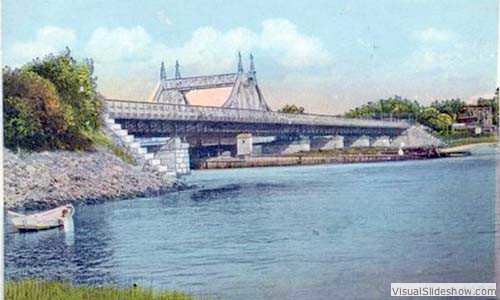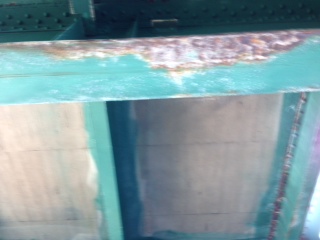

The thousands of motorists, pedestrians and those riding bikes, who regularly cross the City Island Bridge are treated to a postcard-perfect view of paradise in NYC. The bridge itself, however, is about as ugly as it gets when you go under it and look at its underbelly. Those underpinnings have thinned since the structure was built and the span is visible with rust and crumbling concrete.
NYC DOT officials were so worried about a catastrophic failure that over the years, they've performed regular maintenance in an effort to prevent portions of this old bridge from falling into the water.
A recently published AP analysis of 607,380 bridges in the most recent federal National Bridge Inventory showed that 65,605 were classified as "structurally deficient" and 20,808 as "fracture critical." Of those, 7,795 were both — a combination of red flags that experts say indicate significant disrepair and similar risk of collapse.
A bridge is deemed fracture critical when it doesn't have redundant protections and is at risk of collapse if a single, vital component fails. A bridge is structurally deficient when it is in need of rehabilitation or replacement because at least one major component of the span has advanced deterioration or other problems that lead inspectors to deem its condition poor or worse.
Engineers say the bridges are safe. And despite the ominous sounding classifications, officials say that even bridges that are structurally deficient or fracture critical are not about to collapse.
The number of bridges nationwide that are both structurally deficient and fracture critical has been fairly constant for a number of years, experts say. But both lists fluctuate frequently, especially at the state level, since repairs can move a bridge out of the deficient categories while spans that grow more dilapidated can be put on the lists. There are occasional data-entry errors. There also is considerable lag time between when state transportation officials report data to the federal government and when updates are made to the National Bridge Inventory.
Many fracture critical bridges were erected in the 1950s to 1970s during construction of the interstate highway system because they were relatively cheap and easy to build. Now they have exceeded their designed life expectancy but are still carrying traffic — often more cars and trucks than they were originally expected to handle. The Interstate 5 bridge in Washington state that collapsed in May was fracture critical.
Cities and states would like to replace the aging and vulnerable bridges, but few have the money; nationally, it is a multibillion-dollar nightmare. As a result, highway engineers are juggling repairs and retrofits in an effort to stay ahead of the continuing deterioration.